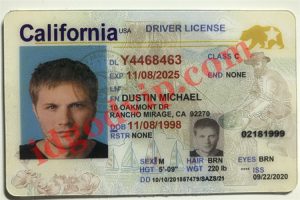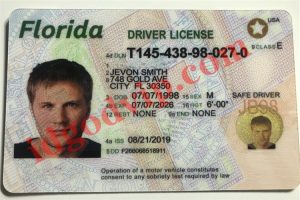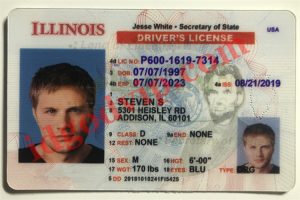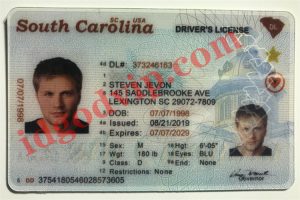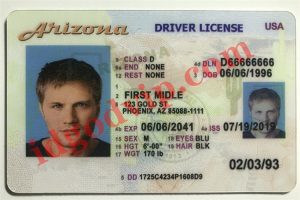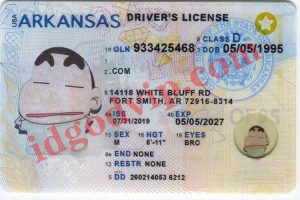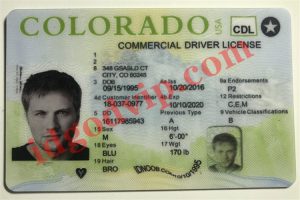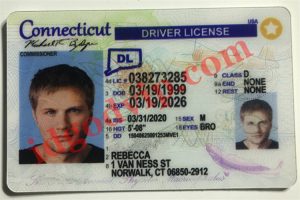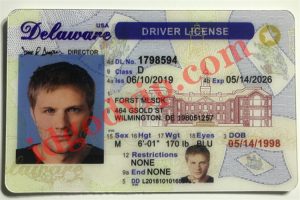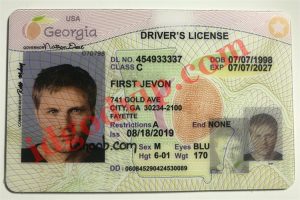Instructions for making fake ID cards
Need to make fake IDs? While fake IDs are illegal in many regions, it’s easy to create fake IDs for odd purposes or to demonstrate your visual computerization abilities. We’ll show you an easy way to make a fake id with a current ID or potential state or domain ID layout, and how to print your ID on persuasive material. Remember that most of the penalties for making a fake ID include jail time and a hefty fine, so don’t try to use or sell the ID you made.
Make an easy fake out of cardstock
1
Check the front and back of your ID card. You can use your own ID for text, or someone else’s ID for pictures, your own length, hair, and eye variety. Whichever option you choose, you must scan the fake id with the scanner. Filter the back of the ID to ensure the standardized label on the back matches the front ID.
The scanner label on the back is encoded with the data on the front. Whether you change the text or not, you actually think it should show a similar status, license number, and unmodified data.
Changing photos is easier than changing text.
Note: Using arbitrary IDs on the web is really challenging because you really want to change almost every part of the ID. Also, unless you can resize it to perfectly match the size of the fake id, the target will look off-base when printed.
2
Use an image modification program like Photoshop to open the front of your ID card. If you don’t have the vaguest idea or a picture modification program like Photoshop, GIMP or Photoscape, you can use a web-based picture manager like Sumo Paint or Paint.Net. Open your favorite picture in the program to change the ID.
3
If you filtered another person’s ID, paste another photo over your current ID’s picture. Open the id card fake photo you need to replace in progress. Trim the photo to match the size of the first ID photo. Swap the new photo into a different file and open it at a similar risk as the checked ID. Drag it to the highest point of the first photo until you’re happy with the position.
On the other hand, you can put the new photo on the ID the photo should be in and use the capture device in whatever program you use to remove the side of the photo.
Hold down the shift key while dragging the edges of a photo in a Microsoft program to keep the ratio between the sides of the picture the same as in the first photo.
· If your new photo doesn’t appear before the ID, right-click it and track the Layers tab. Choose to put it in front or in front to put it on top of the ID.
· If you want to take another photo for your scannable fake id, if it’s not too much trouble, use a camera and stand. Try repeating the experience of the first ID by hanging similar kinds of curtains or sheets behind you.
4
Change your ID by viewing and comparing on the web, and determine the text style used in your ID. If you’ve checked your ID and need to change the text, you’ll first need to sort out the text styles your text styles use. You can go online and check if the data for your state or department is accessible, or basically open up the near-normal text style ID and think.
Scheduling with serifs is used in many more mature licenses.
Many newer driver’s licenses use Arial or a slightly changed variant.
5
Unsort by reordering the base on the old text. Overlay any letters or numbers you need to change with a clone device or clone stamp. Focus on the id card fake and copy a clear base around the letters or numbers you need to change. Move the base of the copy over the letters and numbers and find it, making it look as if it never existed. Before entering the new value, place a text box over any letters or numbers you want to replace.
· You can augment and change existing text instead of replacing it. For example, you can convert an 8 to a 6 by punching the top of the 8 on the right. In the same way, you can convert a 6 to an 8 by cloning the lower right corner of the lower circle and pasting it into the opening.
· Suppose you were to change an entire line of text, and the result would look terrible. Try to change any text fields as little as possible, as the clone device in the proofreader only handles the more limited size of most complex bases for IDs.
Check the base of any new text you enter to make sure it aligns with the different characters on the best fake id.
6
Change your name, birthday, code or license number. Change the text field to limit the need to overlay text as little as possible. If the subtleties don’t match the photos, you probably don’t have much decision-making power. Change hair tone, eye tone and level to match the individual who intends to use ID. If you’re only referring to IDs for odd purposes, you don’t need to stress changing these subtleties.
· Enter the full name without truncation. The main model that can use truncation is something like “Albert Smith Jr.”. Or “Thomas Jones III” on the other hand.
· Use the real date of birth. If you look 20, don’t keep your date of birth as 1951.
7
Print the front and back of the fake id on thick cardstock and cut out. Have several thick, matte cards weighing between 100-130 lbs (45-59 kg). Print the front and back of your ID card on similar card stock. Remove them with scissors or utility blade and ruler
• Card stock weight refers to 500 specific sheets of paper. The 130 is quite possibly the heaviest printer you can print at home with a standard printer.
· If you have the opportunity, you can use a paper shaper. This will result in more honed lines, but depending on the style of cardstock you’re using, they may shred along the edges.
8
Glue the sides together and let it dry. Assuming there is, use super paste. Apply it to the back of each half using a q-tip or small nozzle connection. Carefully press the two parts together, squeezing each side with your fingers and sliding from the center to the edges, smoothing each side. Put the id card fake under something heavy to straighten it out as it dries.
·Leave your ID for 4-8 hours before touching it again.
9
Use a laminator to cover the ID. Turn on the laminator and set it to medium-low temperature. Place your ID over the opening and let it pass through the laminator. Let cool for 5-10 minutes before touching. When you eliminate it and trim too many covers, you get a best fake id.
· Depending on the make and model of the laminator, you may need to let it get ready for a while before using it.
· Assuming the temperature is too high, the paste between the two layers of cardstock will soften.
· Trim the overlay with scissors or a utility blade. While managing the cover, it shouldn’t be hard to get it spotless because it’s so delicate.
